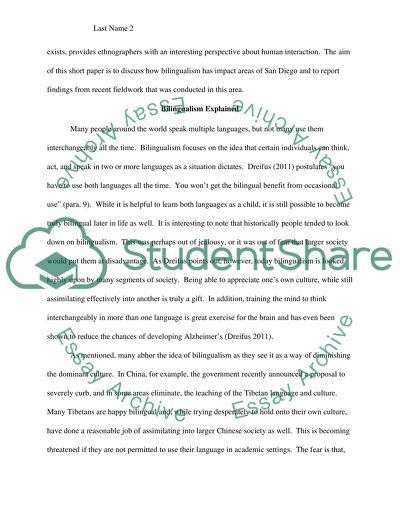Cite this document
(“Bilingual Community: An Ethnography Conducted in the San Diego Area Essay”, n.d.)
Bilingual Community: An Ethnography Conducted in the San Diego Area Essay. Retrieved from https://studentshare.org/visual-arts-film-studies/1479984-bilingual-community-an-ethnography-conducted-in-the-san-diego-area
Bilingual Community: An Ethnography Conducted in the San Diego Area Essay. Retrieved from https://studentshare.org/visual-arts-film-studies/1479984-bilingual-community-an-ethnography-conducted-in-the-san-diego-area
(Bilingual Community: An Ethnography Conducted in the San Diego Area Essay)
Bilingual Community: An Ethnography Conducted in the San Diego Area Essay. https://studentshare.org/visual-arts-film-studies/1479984-bilingual-community-an-ethnography-conducted-in-the-san-diego-area.
Bilingual Community: An Ethnography Conducted in the San Diego Area Essay. https://studentshare.org/visual-arts-film-studies/1479984-bilingual-community-an-ethnography-conducted-in-the-san-diego-area.
“Bilingual Community: An Ethnography Conducted in the San Diego Area Essay”, n.d. https://studentshare.org/visual-arts-film-studies/1479984-bilingual-community-an-ethnography-conducted-in-the-san-diego-area.


